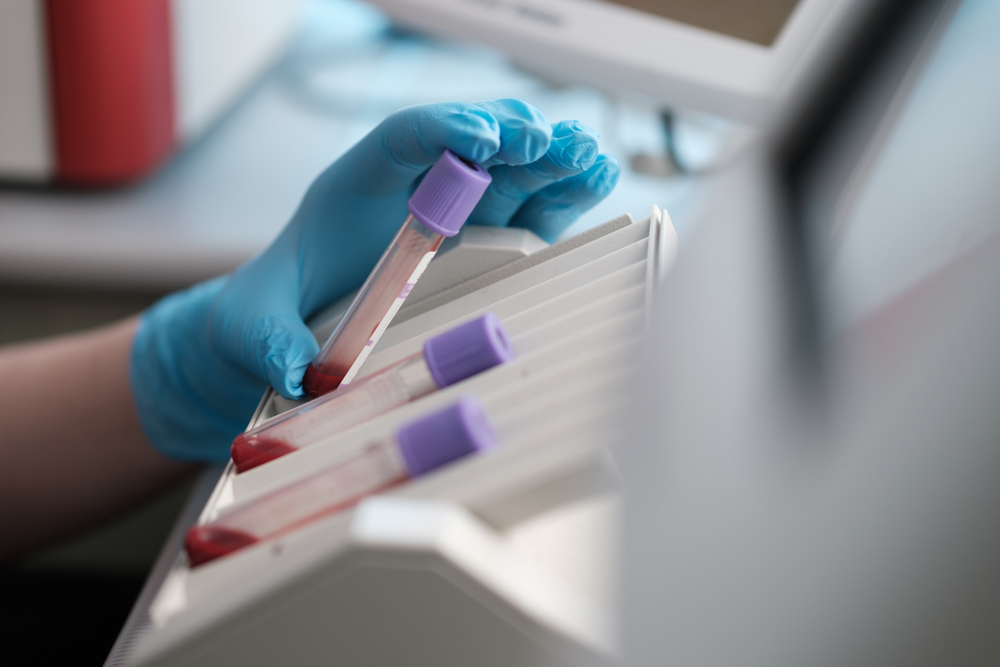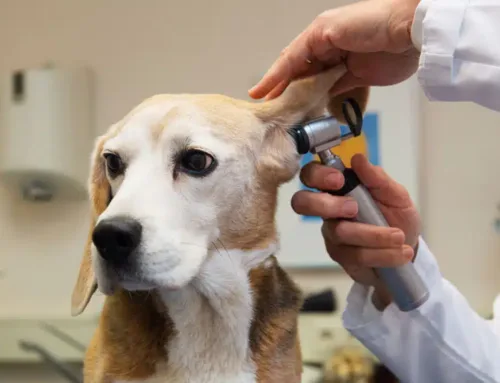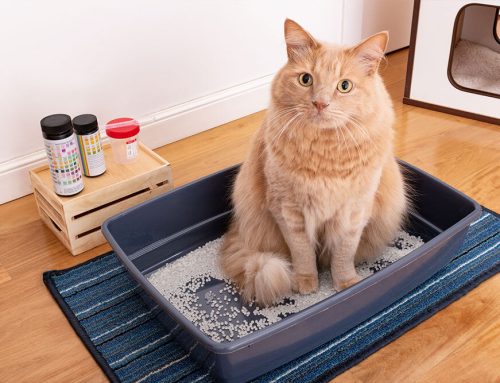Kidney disease (i.e., renal insufficiency, renal failure) affects many pets, particularly older cats and dogs, and has many contributing causes, including:
- Breed predisposition
- Dogs — bull terriers, German shepherds, Alaskan malamutes
- Cats — Persians, Abyssinians, Siamese, Maine Coons
- Normal aging changes
- Toxin ingestion (e.g., antifreeze, grapes, raisins, medications)
- Metabolic diseases (e.g., diabetes, hypertension)
- Infections (e.g., Lyme disease, leptospirosis)
- Autoimmune diseases (e.g., lupus, glomerulonephritis)
- Cancers (e.g., lymphoma, renal tumors)
While chronic kidney disease (CKD) can be a “normal” condition that develops in senior pets, the disease can be successfully managed with early diagnosis and intervention. Arm yourself with important information about CKD, so you will spot the condition early in your own pet.
#1: Kidneys perform many important functions in your pet’s body
While all organs perform essential body functions, the kidneys have their own specific tasks. Properly functioning kidneys are responsible for:
- Filtering waste products and toxins from the blood
- Producing and excreting urine
- Conserving water
- Maintaining electrolyte, mineral, and fluid levels
- Stimulating red blood cell production
- Regulating blood pressure
- Producing hormones and enzymes that regulate body functions
When the kidneys fail to work properly, toxins accumulate in the bloodstream, urine becomes dilute, electrolyte levels become unbalanced, and anemia and hypertension can occur. All these body imbalances cause the clinical signs you see in your pet with renal insufficiency.
#2: Chronic kidney disease signs are often slow to appear in pets
CKD generally develops slowly, unless caused by an acute injury. Clinical signs will appear gradually, but may not be noticeable for months or years. Typically, signs do not become obvious until much of the kidney tissue—between two-thirds and three-quarters—is already damaged.
As kidney failure develops, your pet may show the following signs:
- Excessive thirst
- Increased urination that may result in accidents
- Lethargy and weakness
- Decreased appetite
- Unkempt coat
- Nausea
- Vomiting
- Diarrhea or constipation
- Weight loss
- Pale mucous membranes
- Oral ulcers
- Bad breath
Since the kidneys have lost so much function before clinical signs become apparent, early detection screening tests are invaluable for identifying and managing CKD.
#3: Routine screening tests do not detect kidney disease in early stages
At your pet’s wellness visits, we always recommend screening tests based on your pet’s age, breed, health status, and disease risk, to detect hidden disease. Typically, annual screening tests for healthy adult pets include:
- Complete blood count (CBC) — A CBC quantifies red blood cells, white blood cells, and platelets. These values can indicate if your pet is dehydrated, anemic, or suffering from an infection, which are important to note with kidney dysfunction.
- Blood chemistry profile — A blood chemistry profile primarily analyzes organ function and measures electrolyte levels. Pets with kidney disease will typically have elevated blood urea nitrogen (BUN) and creatinine (CRE) values, which are waste products filtered by the kidneys. However, these kidney function markers don’t rise until at least two-thirds of the kidney tissue is damaged—at the same rate as clinical signs.
- Urinalysis — A urinalysis reveals a great deal of information about kidney health and function, including urine concentration, pH, and the presence of various cellular debris that can indicate urinary issues.
Older pets will also likely have a blood pressure reading added to their screening tests to check for hypertension, which is common in pets affected by CKD.
#4: SDMA testing can detect kidney disease much sooner than traditional testing

A new kidney function test, the SDMA test, recently became available. SDMA testing measures the concentration of symmetric dimethylarginine (SDMA), a waste product of protein metabolism. Since the kidneys are responsible for filtering out waste products, the SDMA level will rise with kidney dysfunction.
While blood urea and creatinine levels do not become elevated until later in the disease process, the SDMA concentration will rise when only 25% of kidney function is lost. And, unlike creatinine, SDMA testing is not influenced by muscle wasting, disease states, or a recent protein-rich meal.
Now that you can detect kidney disease much sooner than you could with standard testing, you should ensure that your veterinarian includes SDMA testing in every regular screening testing for your pet. Early detection can preserve your furry pal’s quality of life by slowing disease progression through effective management strategies.
If your pet’s annual or biannual wellness visit is due, talk to our Fairfax Veterinary Clinic team about including SDMA testing in their regular screening tests. We’ll formulate a wellness screening plan designed to catch as many early stage diseases as possible to help ensure your four-legged friend lives a long and healthy life.








Leave A Comment